Bats are fascinating creatures, often misunderstood and underappreciated. Among them are some species that remain scarcely documented. This article delves into the lesser-known bats, shedding light on their unique characteristics, habitats, and conservation status.
Sheath-Tailed Bat (Emballonuridae)
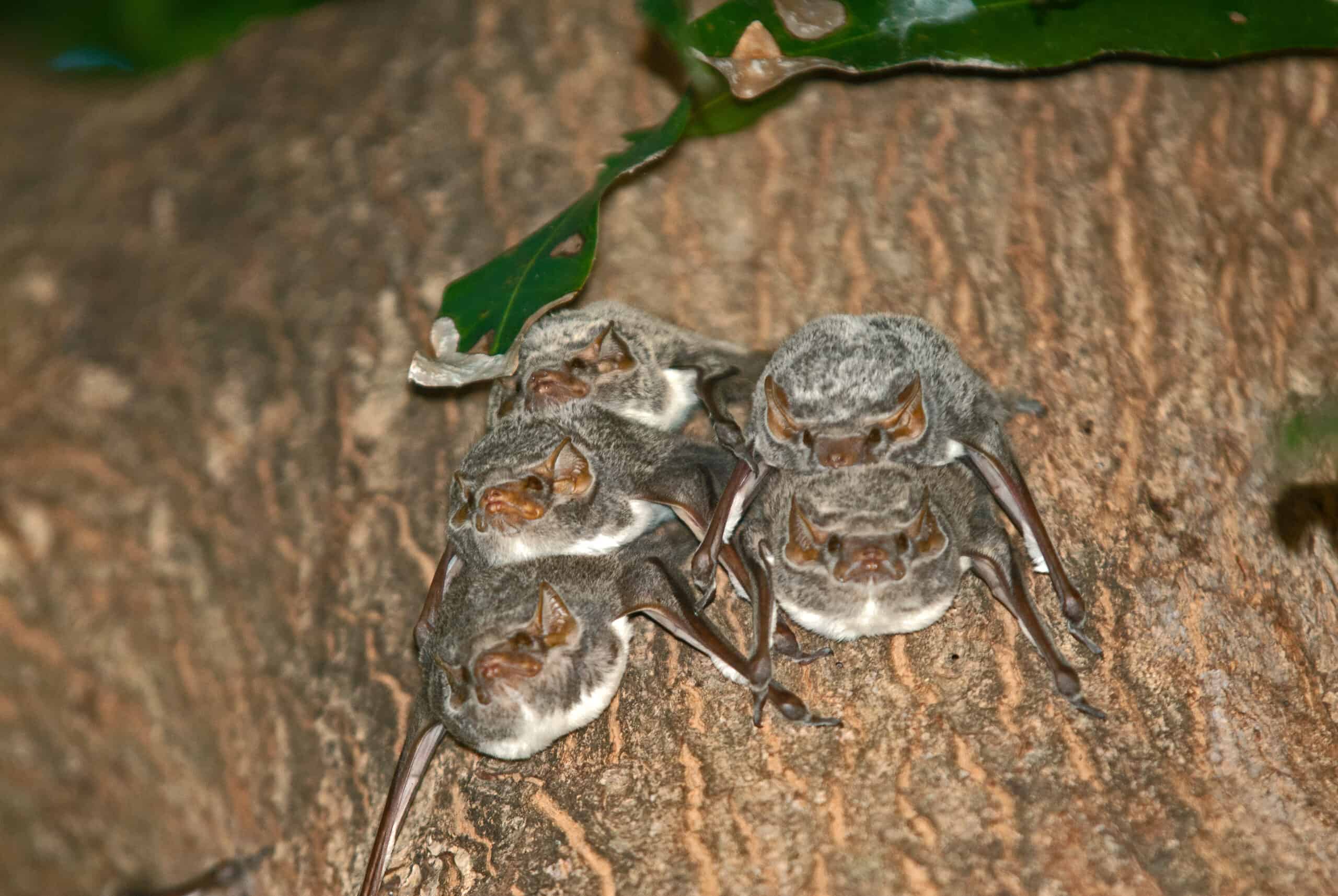
Sheath-tailed bats are small, sleek creatures. Their appearance is marked by a tail that extends slightly beyond the tail membrane, resembling a sheath. These bats typically weigh between 10 to 20 grams. They are native to tropical and subtropical regions, including parts of Africa, Asia, and the Pacific Islands. Their diet mainly consists of insects, which they catch mid-flight using their sharp echolocation skills. They have a lifespan of up to 10 years. Despite their adaptability, habitat destruction poses a threat to their populations.
Barbastelle (Barbastella barbastellus)
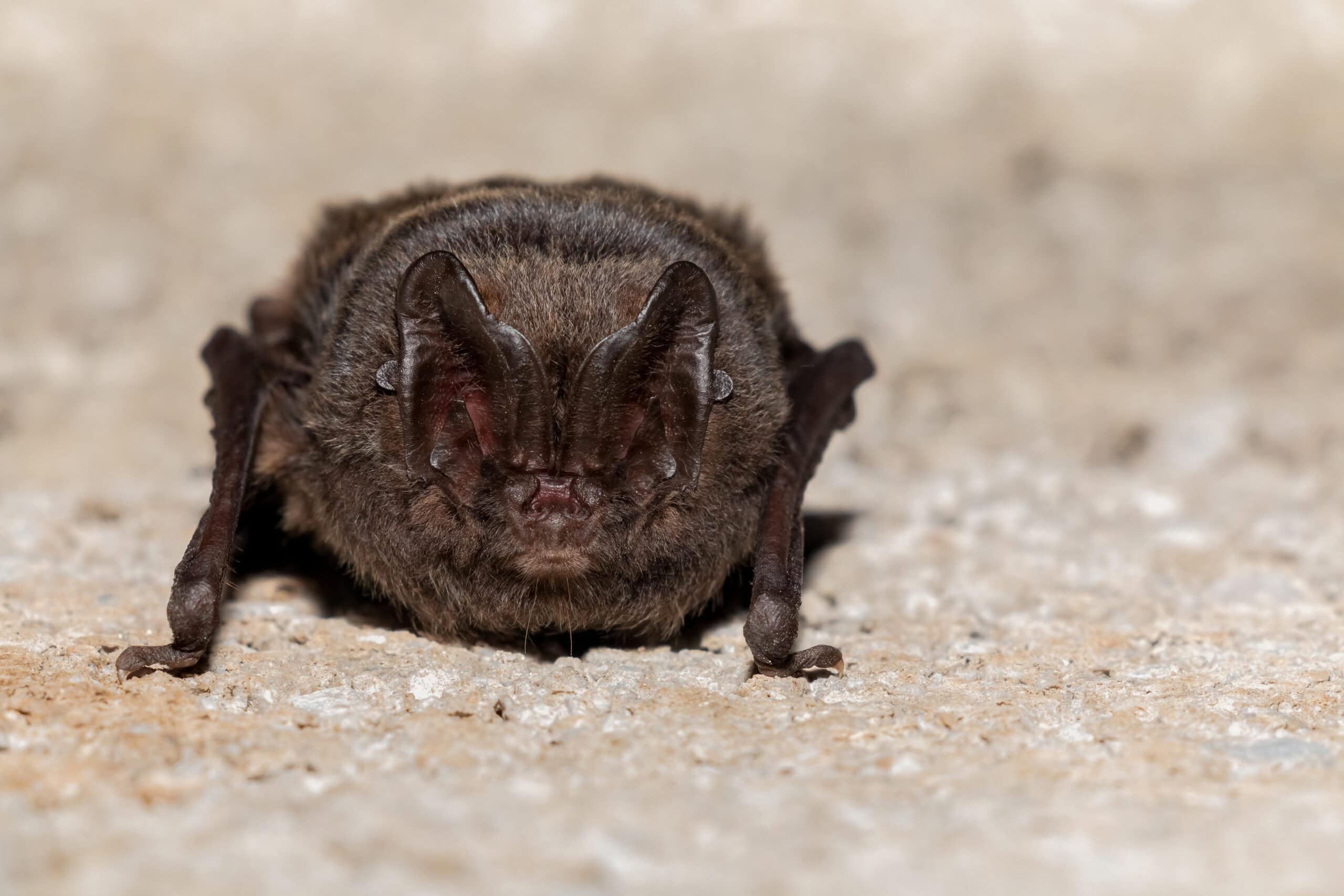
The Barbastelle bat is a medium-sized bat with distinct, short, and wide ears that point forward. Their fur is dark brown to black, and their face has a somewhat pug-like appearance. These bats weigh around 6 to 13 grams. They are found in Europe and parts of North Africa. Barbastelle bats inhabit forests, often roosting in tree crevices, old buildings, and bat boxes. They primarily feed on moths and other flying insects. Their lifespan can reach up to 20 years. The reduction of their insect diet and habitat loss make barbastelle bats near endangered.
Nathusius’ Pipistrelle (Pipistrellus nathusii)

Nathusius’ Pipistrelle is a small bat with reddish-brown fur and a paler underside. They weigh around 6 to 15 grams. This species is native to Europe and parts of Asia. They are found in a variety of habitats, including woodlands, wetlands, and urban areas. Their diet consists primarily of small flying insects. Nathusius’ Pipistrelle has a relatively short lifespan, living up to 7 years. They are migratory bats, traveling long distances between their summer and winter habitats.
Alcathoe Bat (Myotis alcathoe)
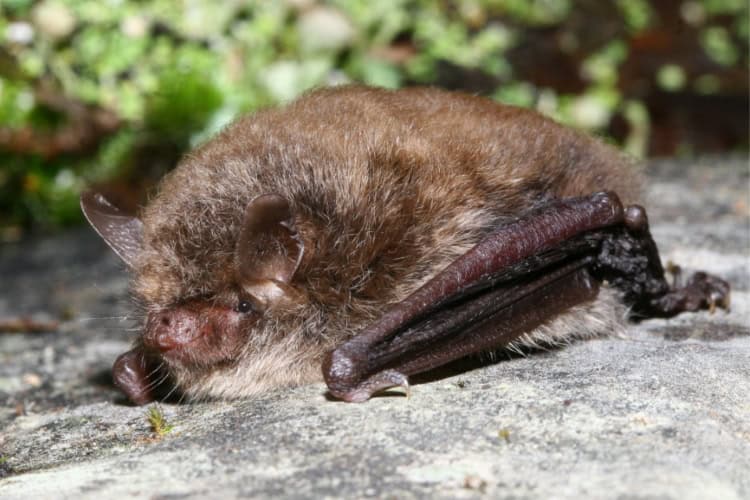
The Alcathoe Bat is one of the smallest European bats, weighing only 3 to 6 grams. It has a reddish-brown fur with a pale belly and a very small, delicate body. Native to Europe, this bat prefers old-growth forests and roosts in tree cavities, buildings, and bat boxes. Their diet consists of small insects, which they catch in flight. These bats have a lifespan of up to 10 years. The Alcathoe Bat is near endangered due to habitat loss and fragmentation, which affects roosting and foraging.
Leisler’s Bat (Nyctalus leisleri)
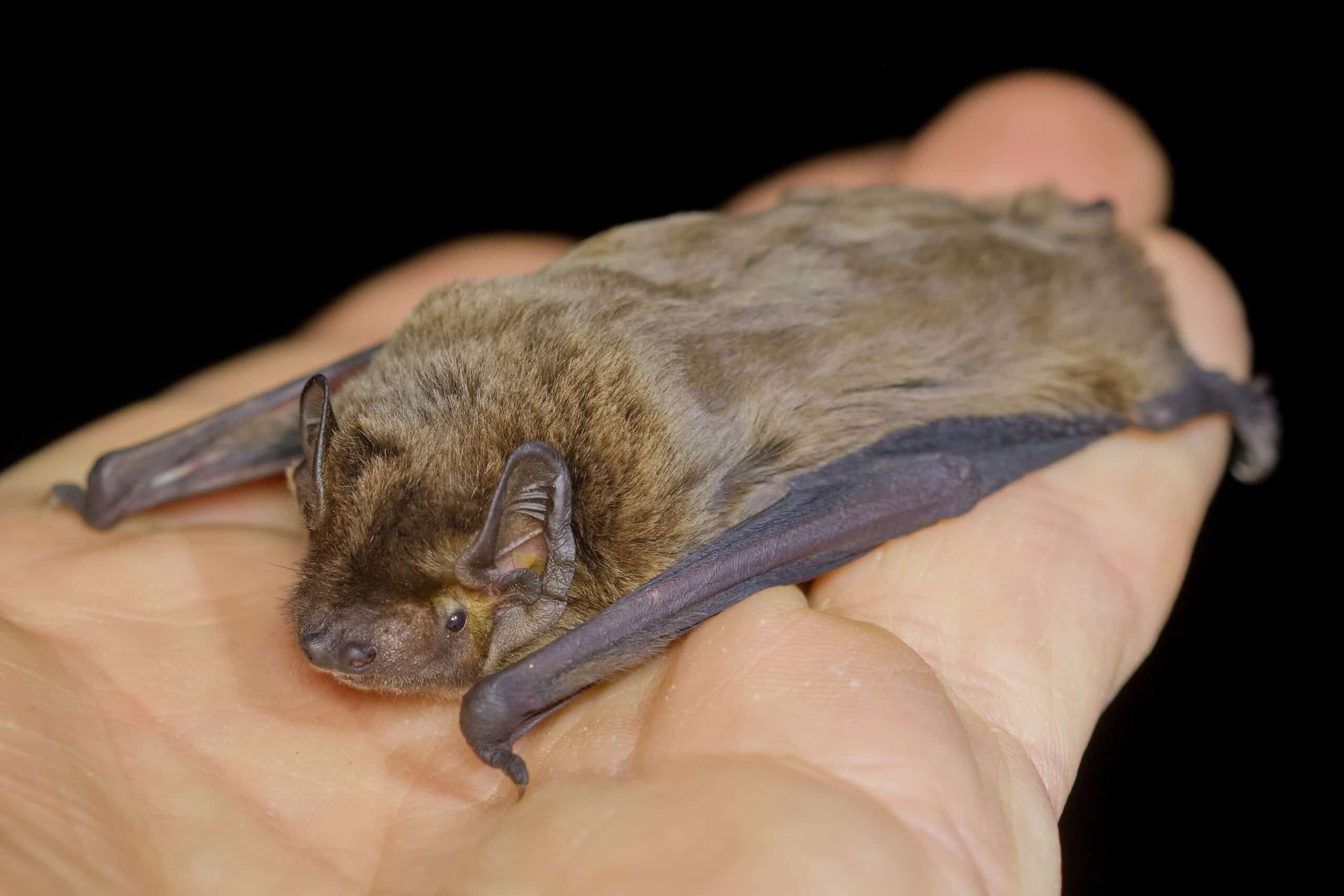
Leisler’s bat is a medium-sized bat, measuring about 5 to 6 centimeters in body length. Its wingspan reaches up to 32 centimeters. This bat has dark brown fur with golden tips, giving it a shiny appearance. Found across Europe and parts of Asia, it prefers woodland areas and roosts in tree holes. Known for its swift, direct flight, it often forages in open spaces. This species feeds primarily on moths, beetles, and flies. Leisler’s bat has a lifespan of around 4 to 5 years in the wild. Limited research exists due to its elusive nature and the difficulty in distinguishing it from similar species.
Grey Long-eared Bat (Plecotus austriacus)
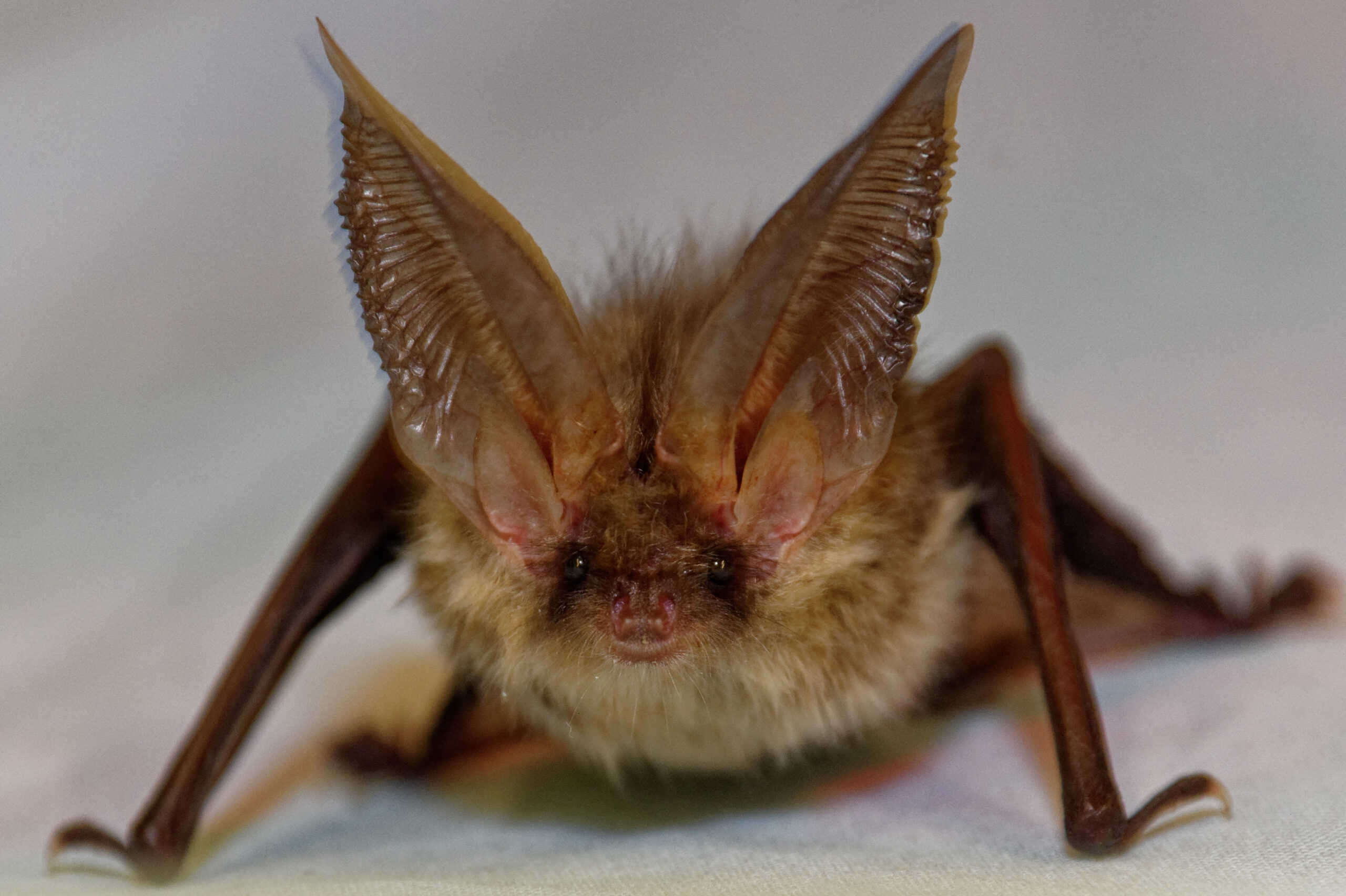
The Grey Long-eared Bat is notable for its long ears, which can be as long as its body. It measures about 4.5 to 6 centimeters in length, with a wingspan of 25 to 30 centimeters. Its fur is greyish-brown, with a paler underside. Native to Europe and North Africa, this bat prefers rural habitats with old buildings and tree hollows for roosting. It primarily feeds on moths and other small insects. This species can live up to 10 years. Its nocturnal habits and preference for secluded roosts contribute to its underdocumentation.
Greater Musky Fruit Bat (Ptenochirus jagori)
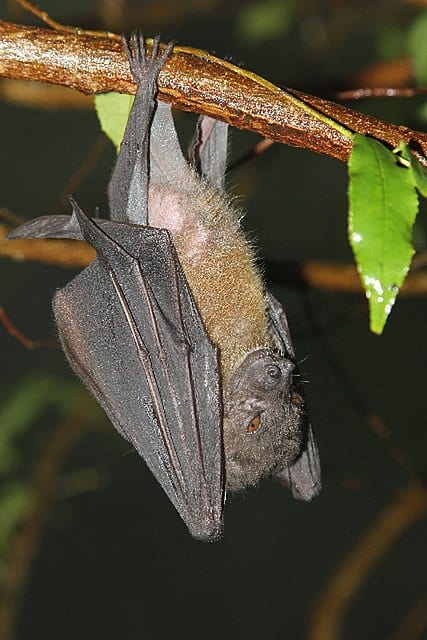
A larger bat, with a body length of 12 to 15 centimeters and a wingspan reaching 60 centimeters. It has a musky odor and dark brown fur, with a lighter belly. Native to Southeast Asia, it inhabits tropical forests and roosts in caves or tree canopies. This bat feeds on fruits, nectar, and occasionally leaves. It has a relatively long lifespan for a bat, living up to 12 years. Lack of studies and its preference for dense, inaccessible habitats make it one of the least documented bat species.
Brandt’s Bat (Myotis brandtii)
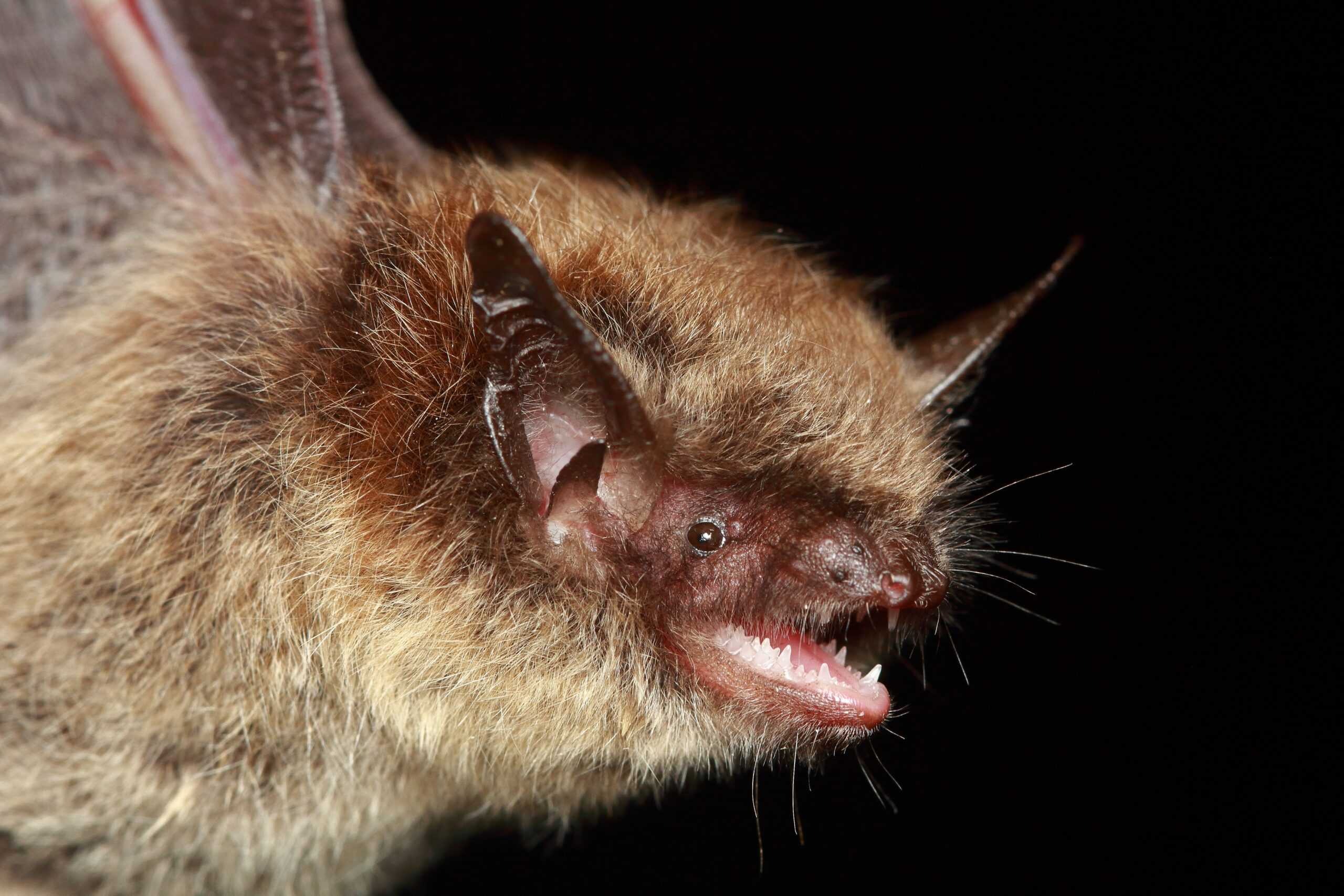
A small bat, about 4 to 5 centimeters long, with a wingspan of 22 to 24 centimeters. It has dark brown fur and a distinctive pale face. Found across Europe and Asia, this species prefers deciduous forests and river valleys. It roosts in tree cavities and bat boxes. Brandt’s Bat feeds on small insects, including flies and moths. It can live up to 20 years, which is relatively long for a bat. Its small size and nocturnal nature make it difficult to study, contributing to its limited documentation.
Greater Horseshoe Bat (Rhinolophus ferrumequinum)
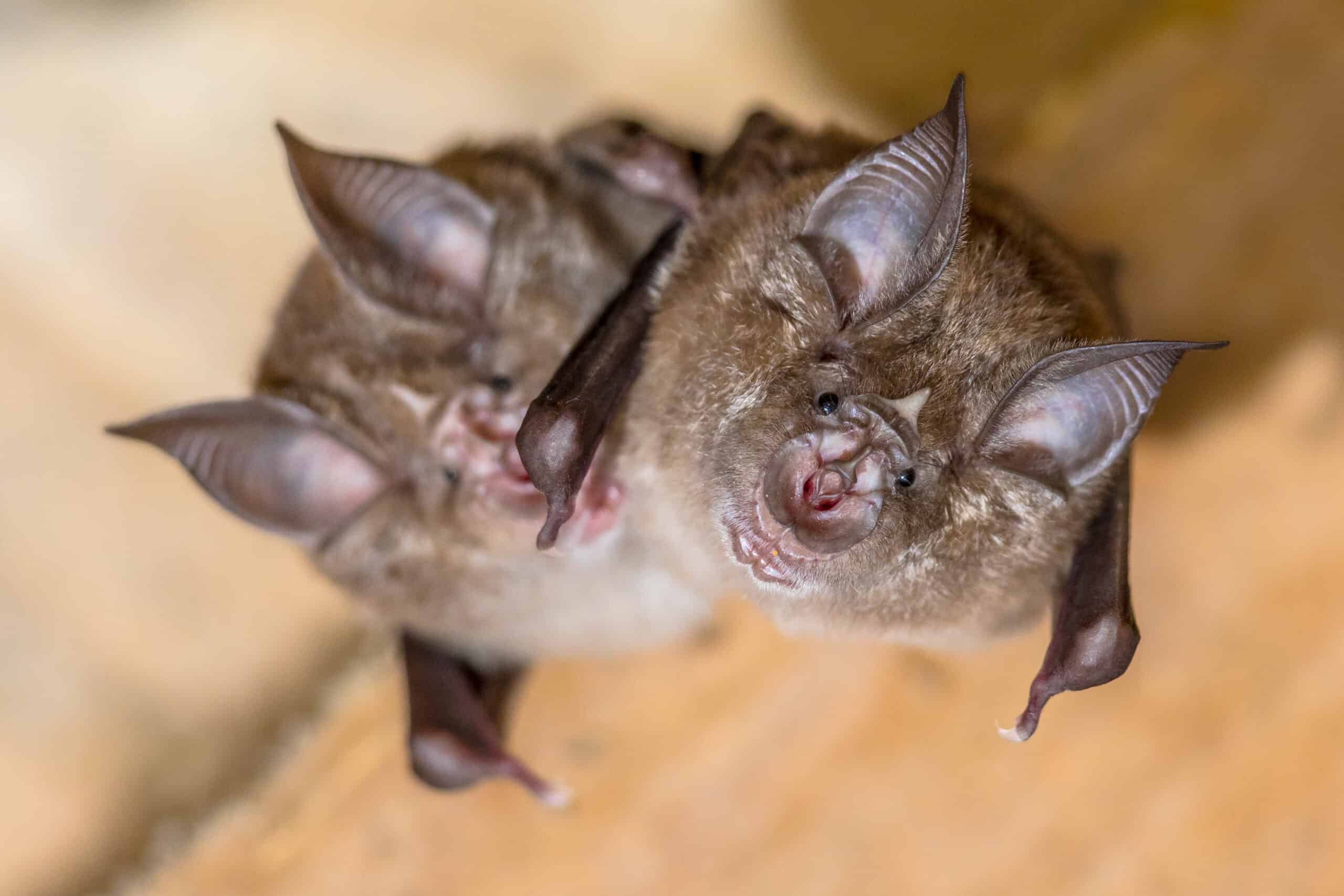
The Greater Horseshoe Bat is a medium to large bat with a 5.7 to 7.5-centimeter body length and 35 to 40-centimeter wingspan. It has a distinctive horseshoe-shaped nose leaf, used for echolocation. Its fur is reddish-brown above and pale below. Native to Europe, North Africa, and parts of Asia, it prefers warm climates and roosts in caves, old buildings, and attics. This bat feeds on large insects like moths and beetles. With a lifespan of up to 30 years, it is one of the longest-lived bats. Despite its wide range, its specific roosting and foraging habits make it less studied.
Lesser Horseshoe Bat (Rhinolophus hipposideros)
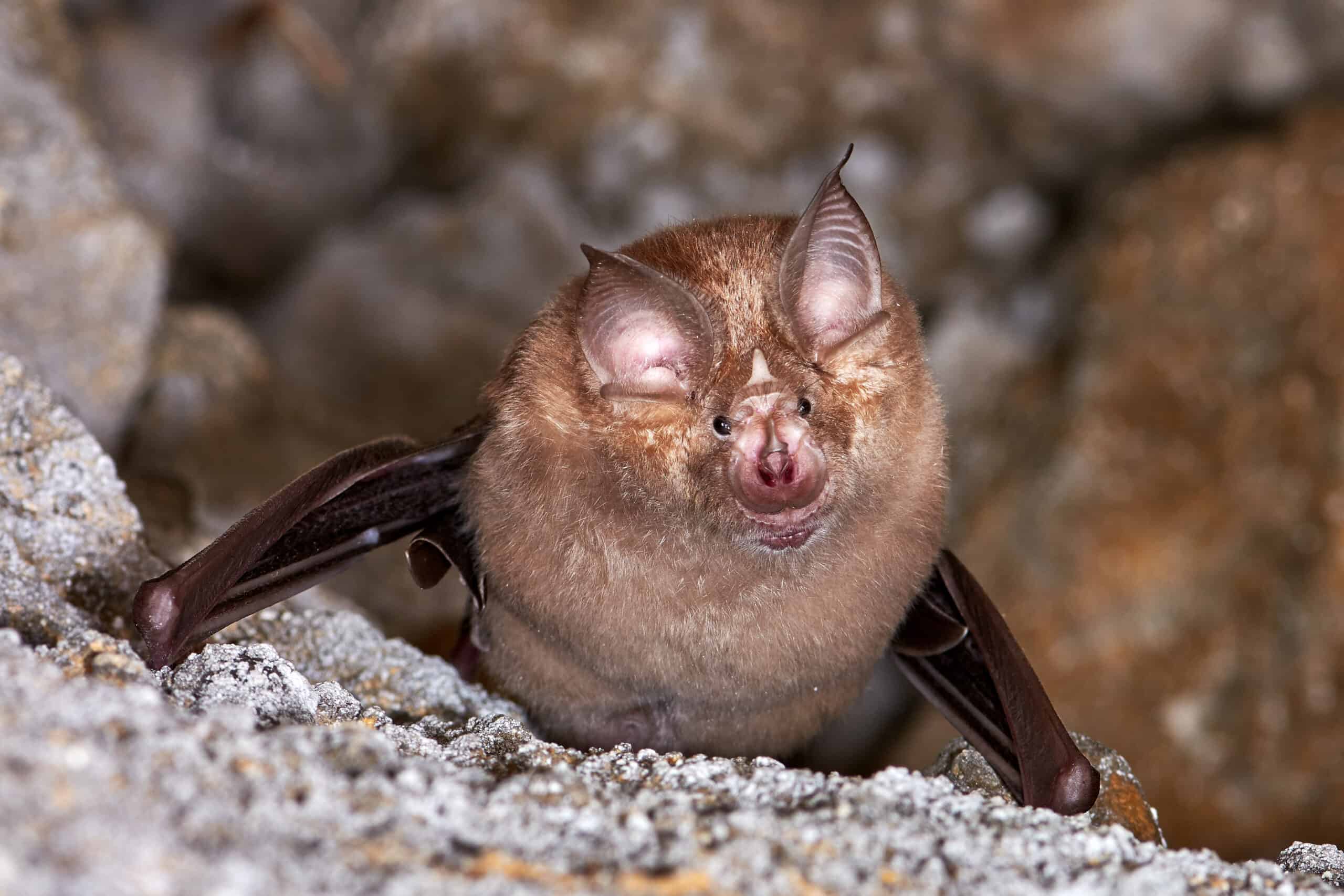
The Lesser Horseshoe Bat is small, with a wingspan of 192-254 mm. Its fur is soft, brownish-grey, with lighter underparts. This species has a distinctive horseshoe-shaped noseleaf. Native to Europe, North Africa, and Asia Minor, it prefers warm, humid environments. Typically found in forests, caves, and old buildings. Its elusive nature and nocturnal habits make it hard to study. It feeds on small insects, often caught in flight. The lifespan can reach up to 21 years in the wild.
Greater Mouse-Eared Bat (Myotis myotis)
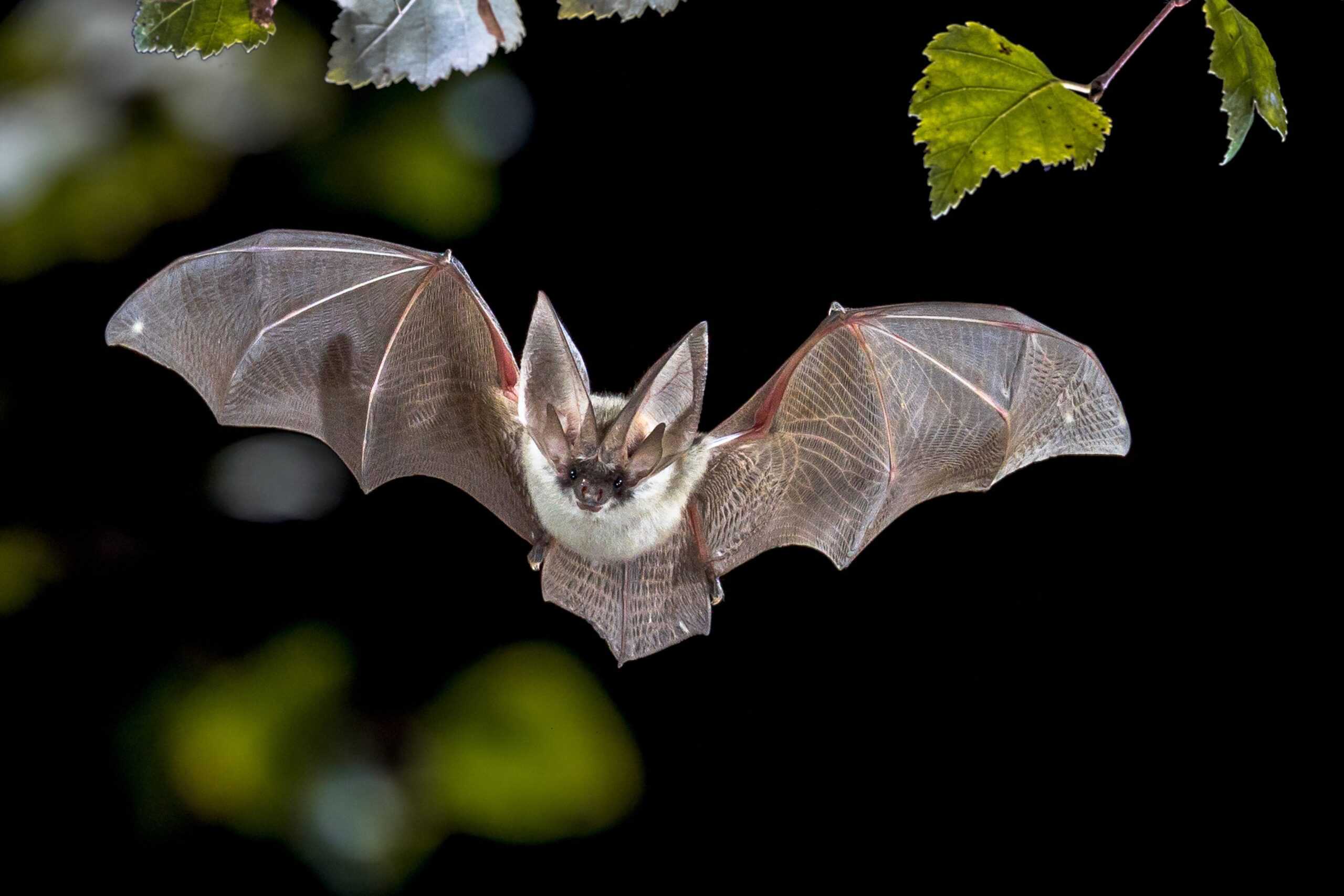
The Greater Mouse-Eared Bat is one of the largest European bats. It has a wingspan of 350-450 mm and weighs between 28-40 grams. Its fur is brownish-grey on the back and whitish on the belly. Native to Europe and Western Asia, it inhabits forests, grasslands, and urban areas. Often found in caves and buildings during hibernation. Its infrequent sightings and secretive roosting habits make it poorly documented. It primarily feeds on beetles and other ground-dwelling insects. This bat can live up to 12-15 years.
Bechstein’s Bat (Myotis bechsteinii)
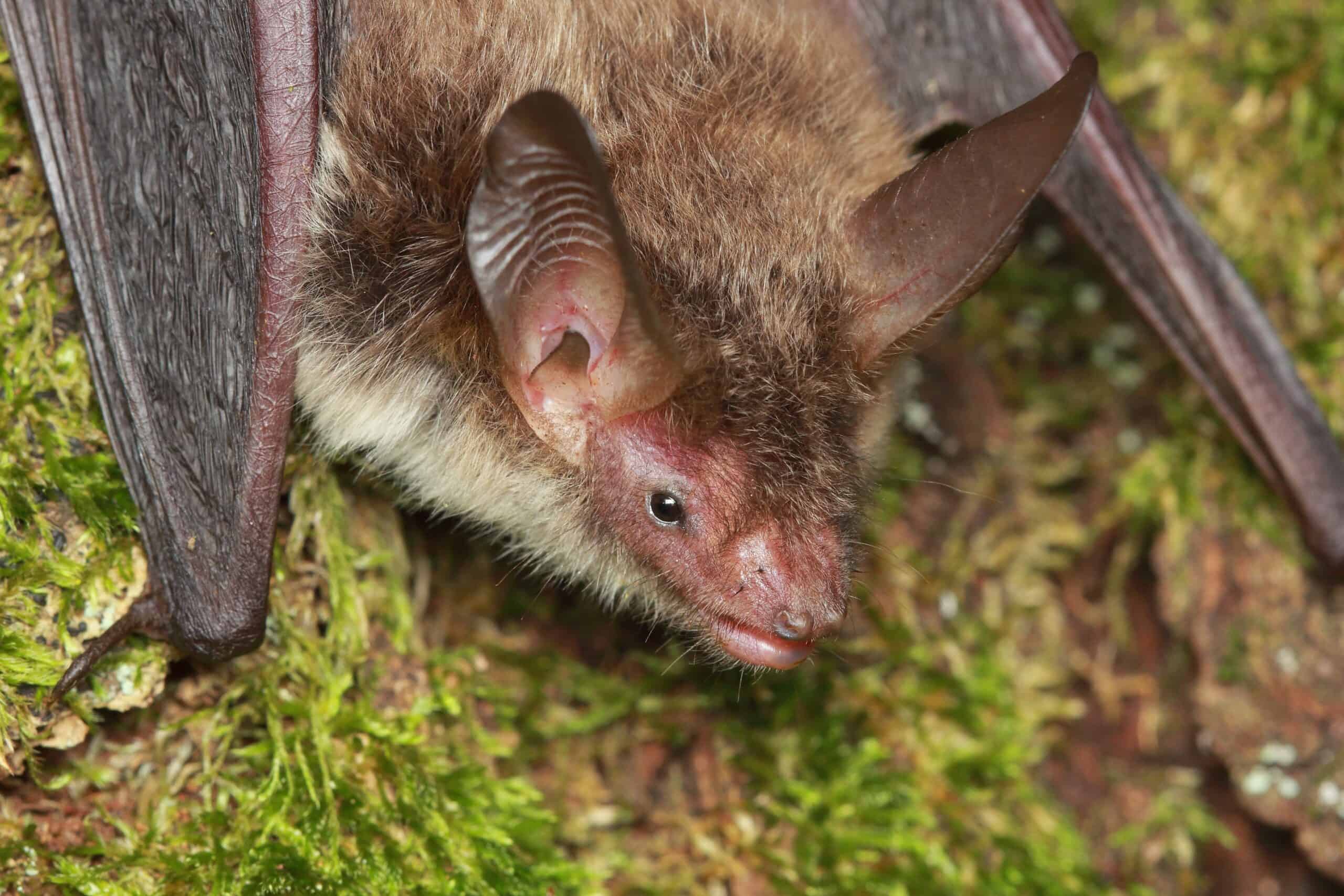
Bechstein’s Bat is medium-sized, with a wingspan of 250-300 mm. It has long ears and a reddish-brown to dark brown coat. Found across Europe, particularly in old deciduous forests. Prefers roosting in tree cavities and bat boxes. Its rarity and preference for dense forests contribute to its limited documentation. It hunts small insects, often gleaned from vegetation. Typically lives up to 21 years in the wild.
Whiskered Bat (Myotis mystacinus)
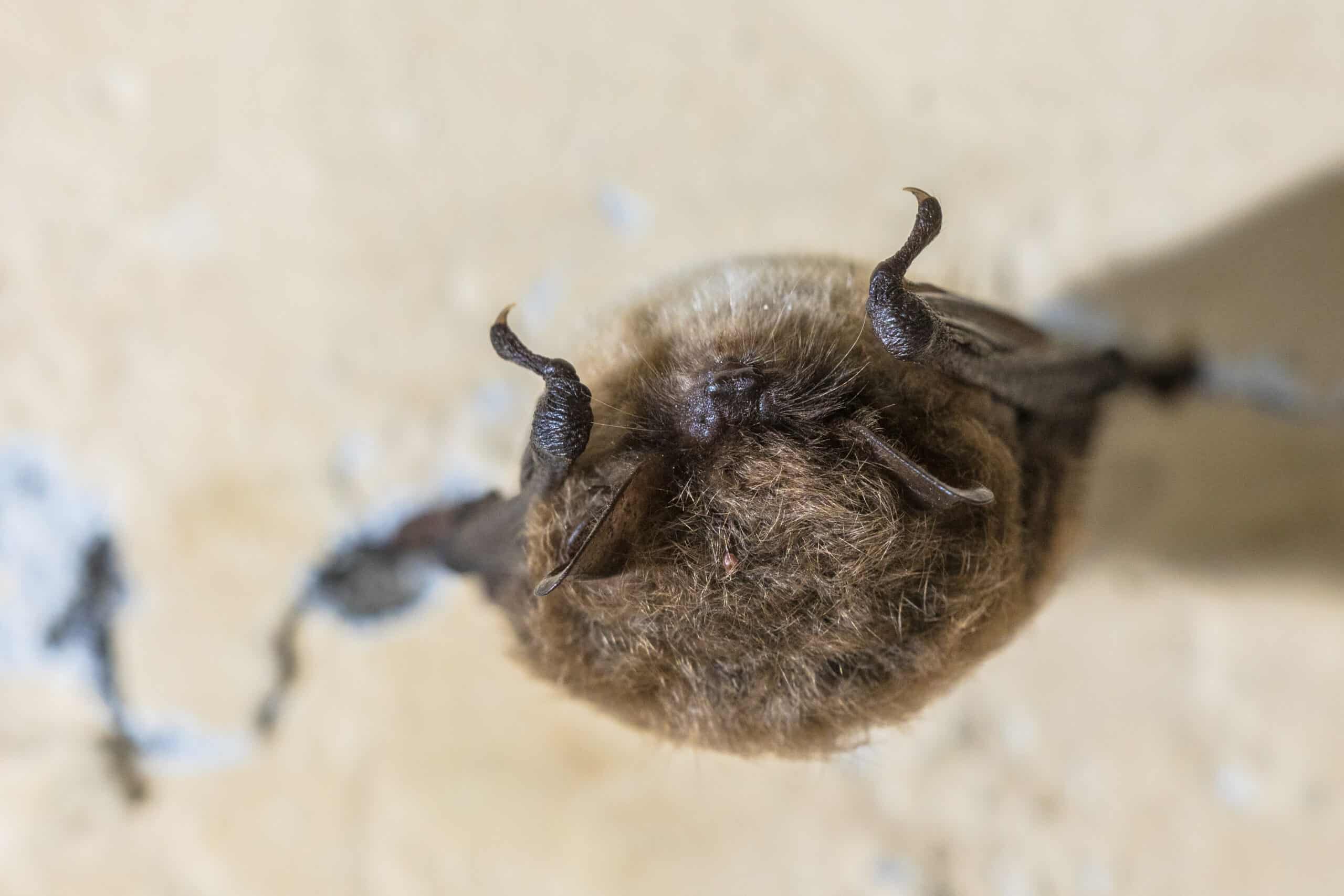
The Whiskered Bat is a small species with a wingspan of 190-230 mm. It has a dark brown or greyish fur coat and a characteristic whiskered face. Found throughout Europe and parts of Asia. Prefers wooded areas, often roosting in buildings, tree hollows, and bat boxes. Its small size and elusive nature make it hard to study. Diet consists mainly of small flying insects. It can live for around 20 years in the wild.
Serotine (Eptesicus serotinus)
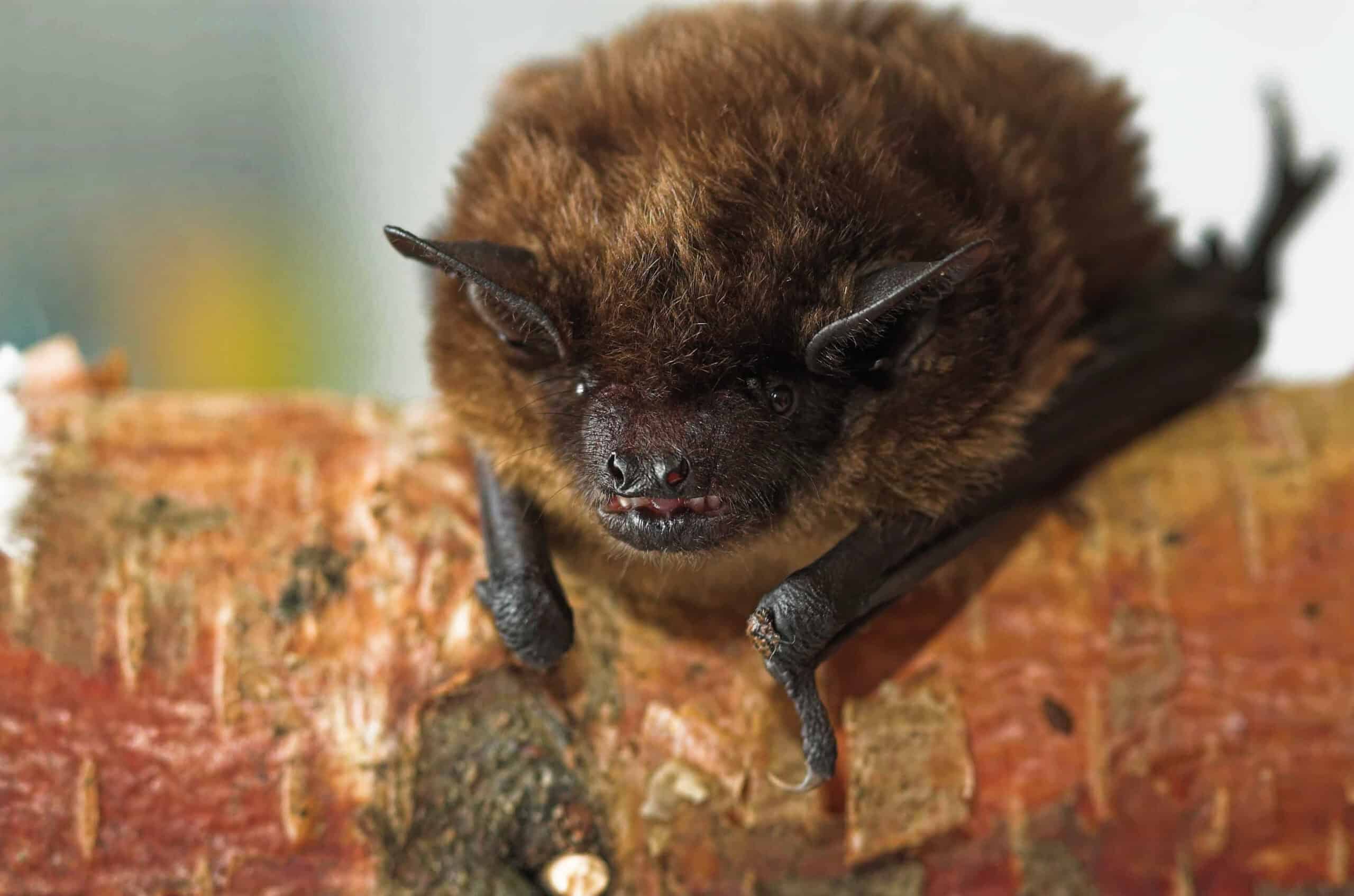
The Serotine Bat is medium to large, with a wingspan of 320-380 mm. It has dark brown fur and broad wings. Native to Europe, North Africa, and Western Asia. Prefers open habitats like farmland and grassland, often roosting in buildings and tree hollows. Its wide distribution but low population density contributes to its limited documentation. Feeds on larger insects, including beetles and moths. Typically, it lives up to 20 years in the wild.
This article originally appeared on Rarest.org.
More from Rarest.org
16 Ultra-Rare American Banknotes

Collecting rare banknotes is a fascinating hobby that offers a glimpse into the history and artistry of currency from around the world. These unique pieces not only tell stories of economic history but also showcase intricate designs and significant historical figures. Read More.
1939 Mercury Dime Value Guide
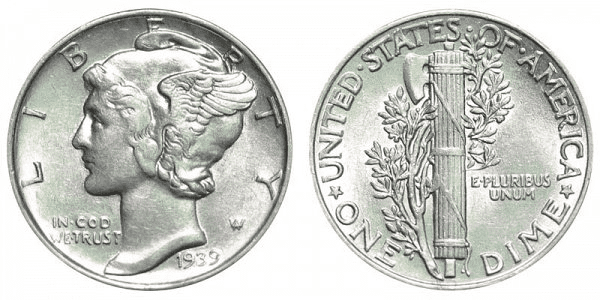
Despite its small size, the Winged Liberty Head dime, more commonly known as the Mercury dime, might be the most attractive coin the US Mint has ever made. Read More.
1940 Jefferson Nickel Value Guide

Buffalo nickels were discontinued in 1938, and 5-cent Jefferson nickels were introduced. The bust of former American President Thomas Jefferson that appears on the coin’s obverse inspired their moniker. Read More.
